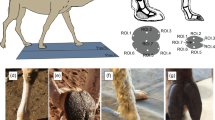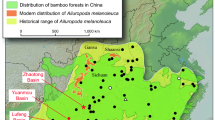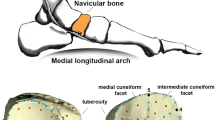Abstract
THE Lucinacea, comprising the families Ungulinidæ, Thyasiridæ and Lucinidæ all have a characteristically slender vermiform foot. Its anatomy has been described by Barrois1 and Menégeaux2 and its locomotory movements by Stoll3. In some species, for example, Diplodonta rotundata, the slightly bulbous tip is distinct from the rest of the foot. The foot can extend four or five times the length of the animal and the tip can swell out even when the foot is extended. When the foot is contracted, it lies with the tip close to the posterior edge of the anterior adductor muscle. This muscle (Fig. 1) is characteristically elongate.
This is a preview of subscription content, access via your institution
Access options
Subscribe to this journal
Receive 51 print issues and online access
$199.00 per year
only $3.90 per issue
Buy this article
- Purchase on Springer Link
- Instant access to full article PDF
Prices may be subject to local taxes which are calculated during checkout
Similar content being viewed by others
References
Barrois, T., thesis, Faculté des Sciences de Paris (1885).
Menégeaux, A., thesis, Faculté des Sciences de Paris (1890).
Stoll, E., Trav. Stat. Biol. Roscoff (1938).
Yonge, C. M., Proc. Malacol. Soc., 22, 337 (1937).
Yonge, C. M., J. Mar. Biol. Assoc., 21, 687 (1937).
Morton, J. E., Quart. J. Micr. Sci., 92, 1 (1951).
Author information
Authors and Affiliations
Rights and permissions
About this article
Cite this article
ALLEN, J. Function of the Foot in the Lucinacea (Eulamellibranchia). Nature 171, 1117–1118 (1953). https://doi.org/10.1038/1711117b0
Issue Date:
DOI: https://doi.org/10.1038/1711117b0
This article is cited by
Comments
By submitting a comment you agree to abide by our Terms and Community Guidelines. If you find something abusive or that does not comply with our terms or guidelines please flag it as inappropriate.



